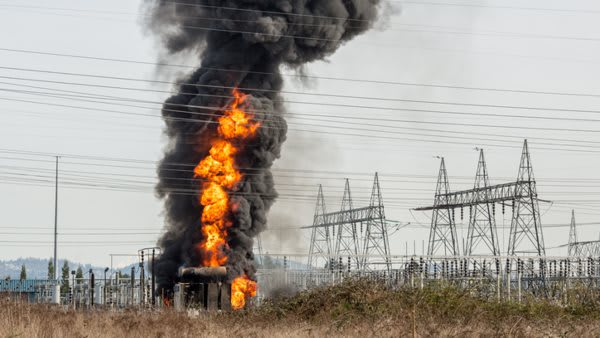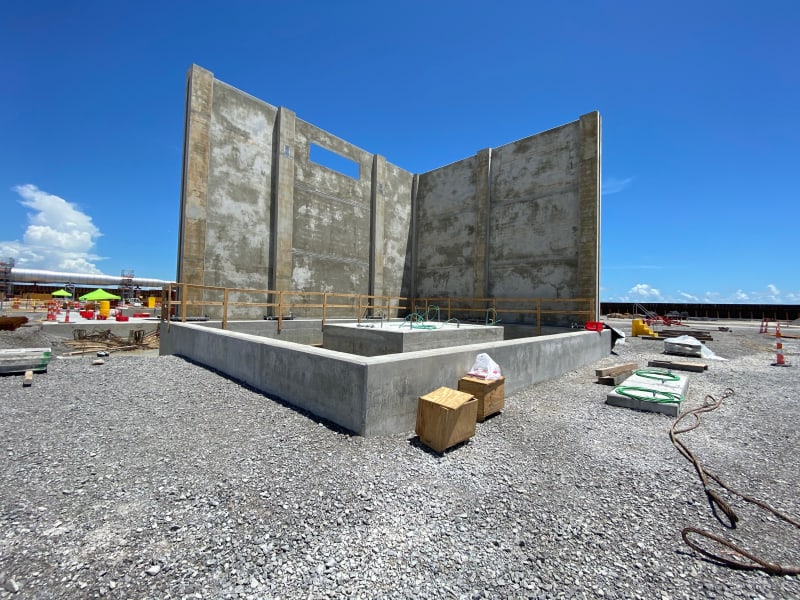SKJ25POL
Structural
- Mar 4, 2011
- 358
Hi Everyone,
Any information in design and analysis of the Firewalls?
Any design examples, any handbooks have solved an example.
I appreciate any help if possible.
Thank you
Skj
Any information in design and analysis of the Firewalls?
Any design examples, any handbooks have solved an example.
I appreciate any help if possible.
Thank you
Skj


![[idea] [idea] [idea]](/data/assets/smilies/idea.gif)
